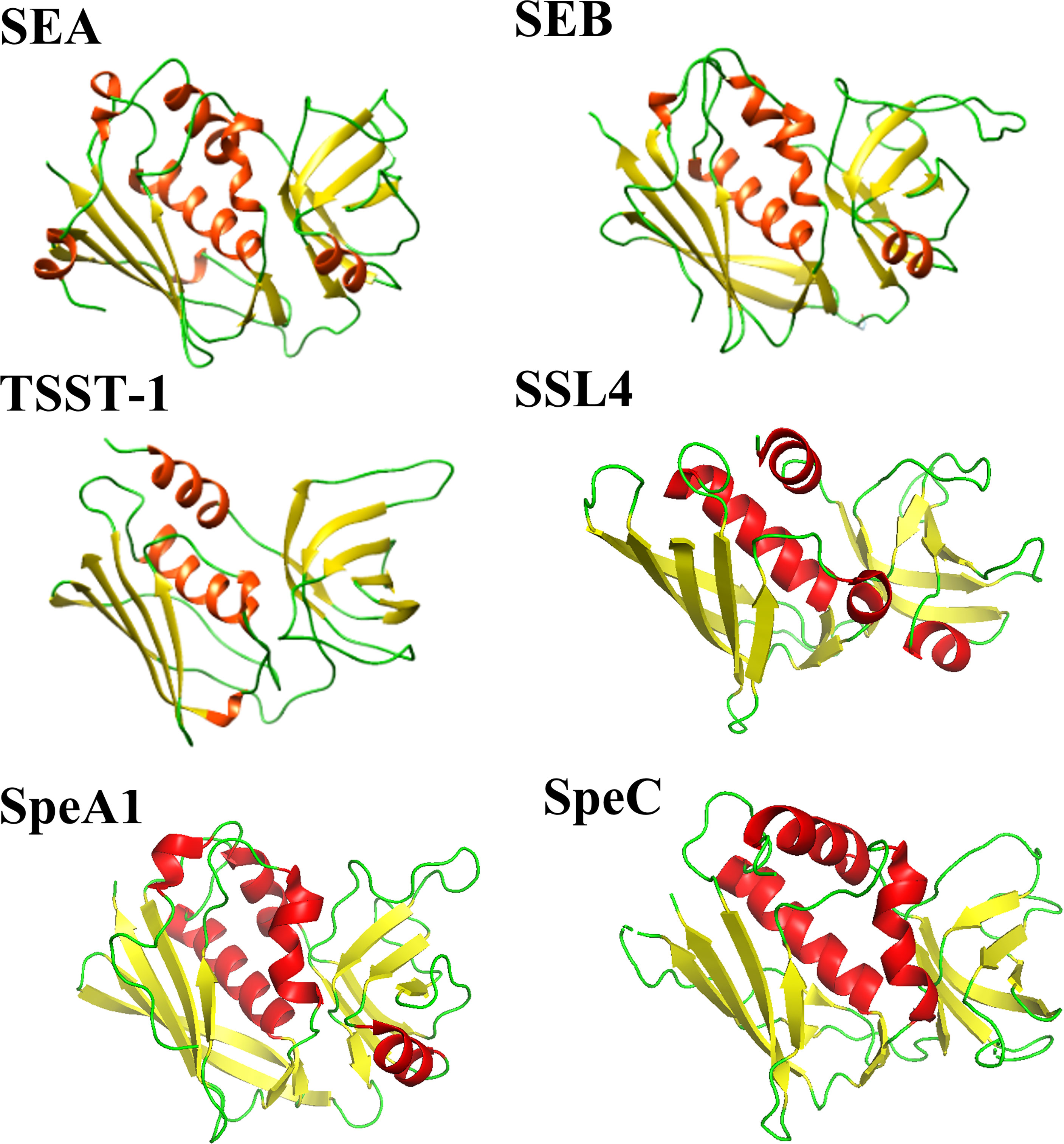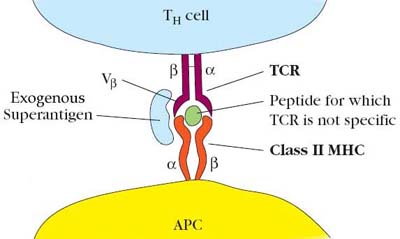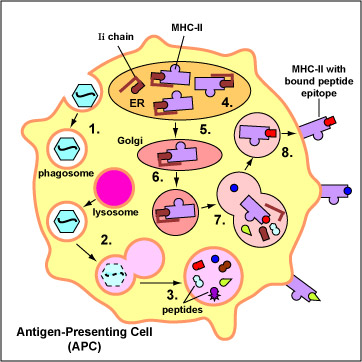The 7-Second Trick For Perbedaan Antigen, Superantigen dan Imunogen - Kak Bio


Topic 7 T Cell Development Repertoire Selection and
More About Superantigens in Human Disease - jstor
Superantigens, Superantigens are particles that indiscriminately promote up to 20% of all T lymphocytes (regular response to antigen promotes just 0. 01% of T cells), which launch massive quantities of proinflammatory cytokines such as growth aspect (TNF-). When launched into blood, high levels of TNF- cause life threatening hypovolemic shock and organ failure.

New superantigens discovered in Spyogenes - The Florey Institute
T cells and APCs are brought into direct contact by the bridging of the consistent area of class II molecules and the variable segments of the TCR -chain (V). Superantigen binding is unique, nevertheless, in that it occurs outside the typical binding cleft (Figure 6-7). Staphylococcal and streptococcal superantigens have been implicated in gastrointestinal disorder, exfoliative dermatitis in babies (heated skin syndrome), cellulitis, scarlet fever, and toxic shock syndrome.
Enterotoxins are similar to exotoxins however typically only cause moderate to severe diarrhea. All staphylococcal enterotoxins can trigger the signs of gastrointestinal disorder, but just SEA and SEB are associated with exfoliative dermatitis. Harmful shock syndrome is connected with the TSST-1, SEB, or SEC2 superantigens. In the last 20 years, an increase has been seen in the incidence of streptococcal poisonous shock syndrome associated with necrotizing fasciitis or myositis.

Persistence of Staphylococcus aureus on mucosal membranes: Superantigens and internalization by host cells - The Journal of Laboratory and Clinical Medicine
The smart Trick of Superantigens in dermatology That Nobody is Talking About

These pressures produce 3 various superantigens (SPE-A, SPE-B, and SPE-C) and many pyogenic toxins. SPE-A is particularly associated with streptococcal poisonous shock syndrome (s, TSS). Streptococcal and staphylococcal superantigens act in a similar way.
SEB, a common bacterial superantigen (PDB:3 SEB). viral infections is displayed in red, the -barrel in green, the "disulfide loop" in yellow. SEC3 (yellow) complexed with an MHC class II particle (green & cyan). The SAgs binds adjacent to the antigen discussion cleft (purple) in the MHC-II. The T-cell receptor complex with TCR- and TCR- chains, CD3 and -chain accessory molecules.
Specifically it causes non-specific activation of T-cells leading to polyclonal T cell activation and massive cytokine release. SAgs are produced by some pathogenic viruses and bacteria probably as a defense reaction against the body immune system. Compared to a regular antigen-induced T-cell action where 0. 0001-0. 001% of the body's T-cells are triggered, these SAgs can triggering as much as 20% of the body's T-cells.
